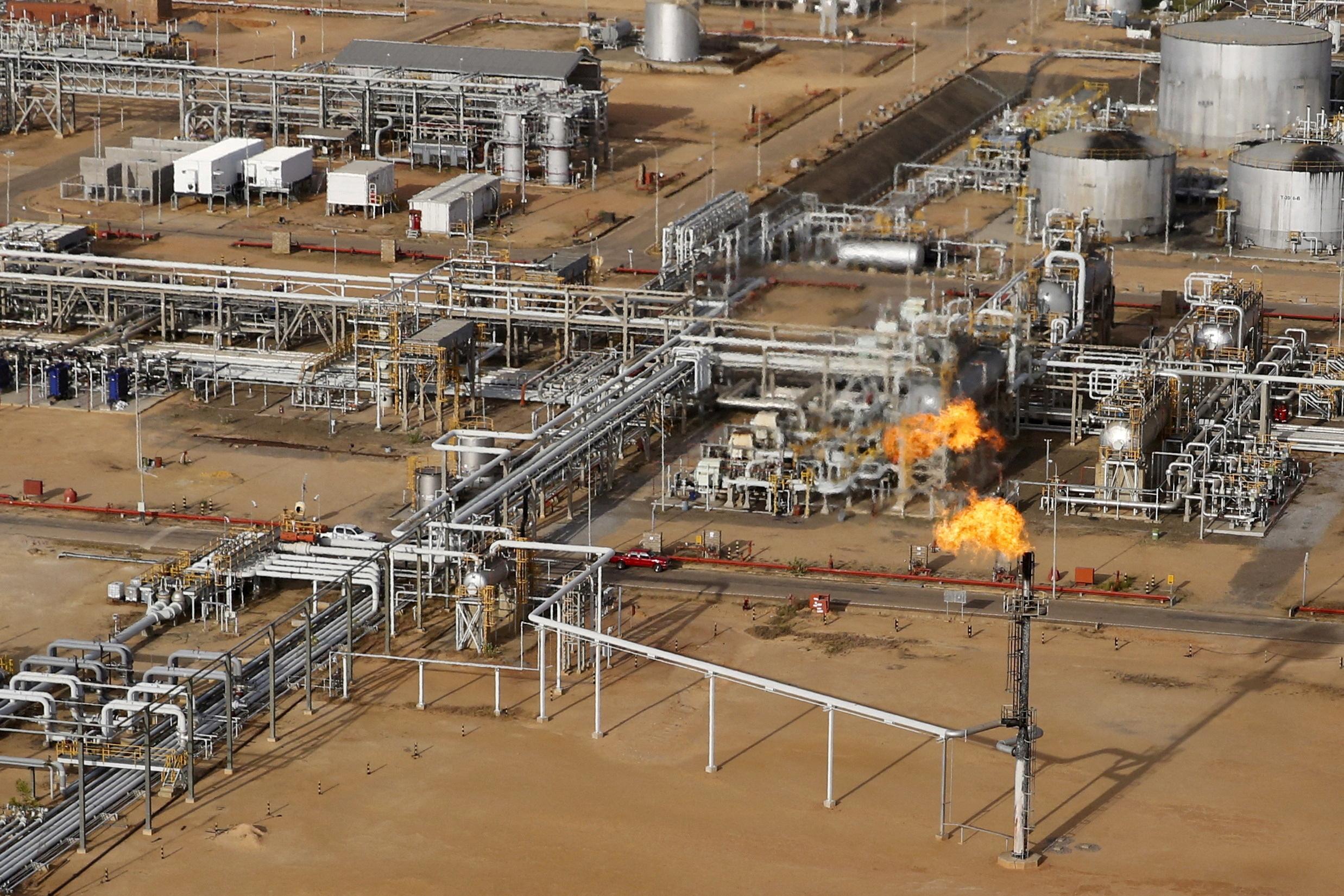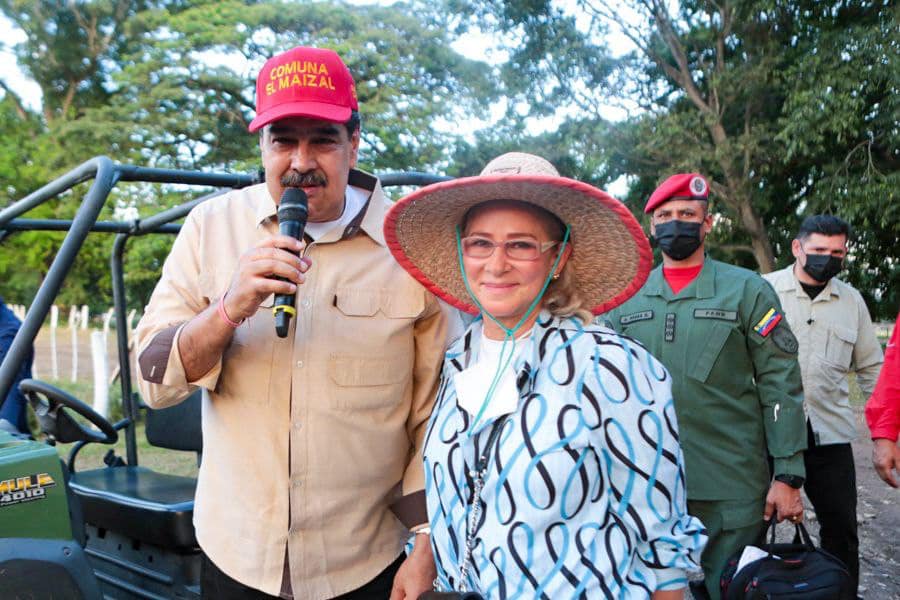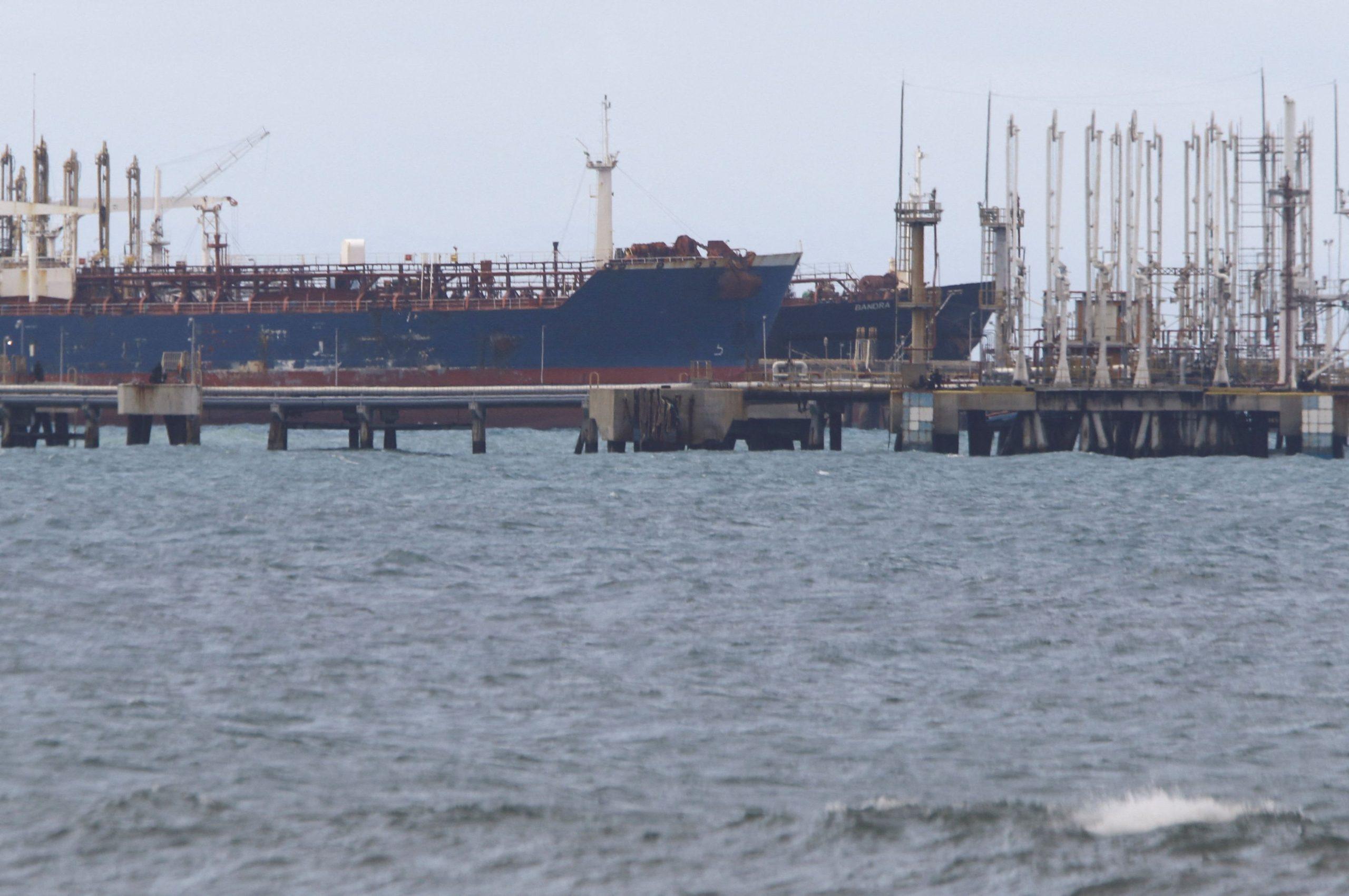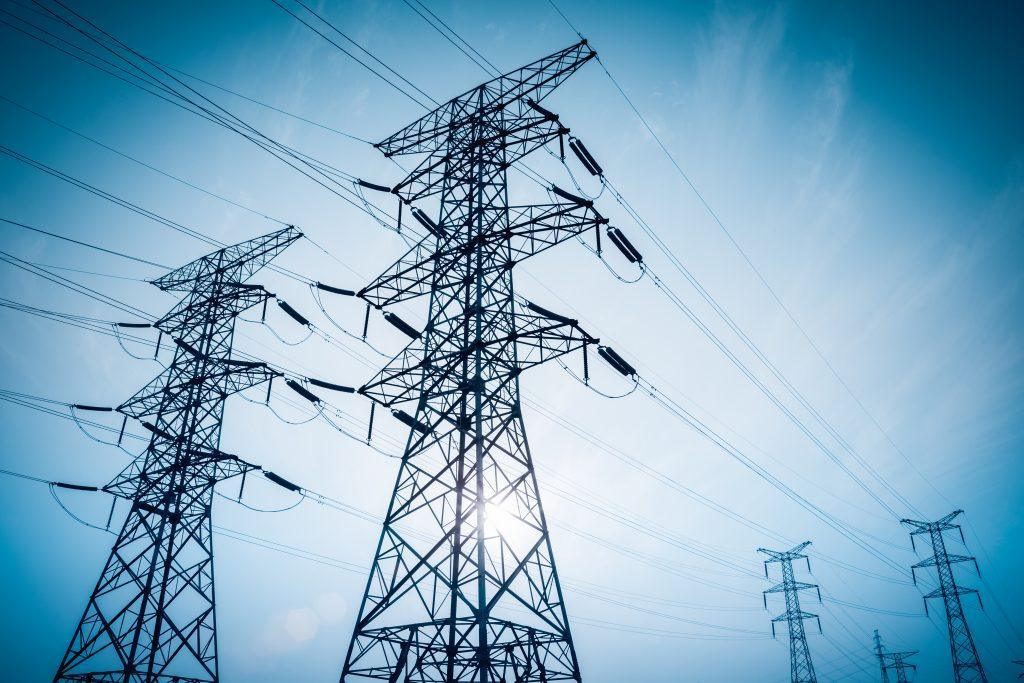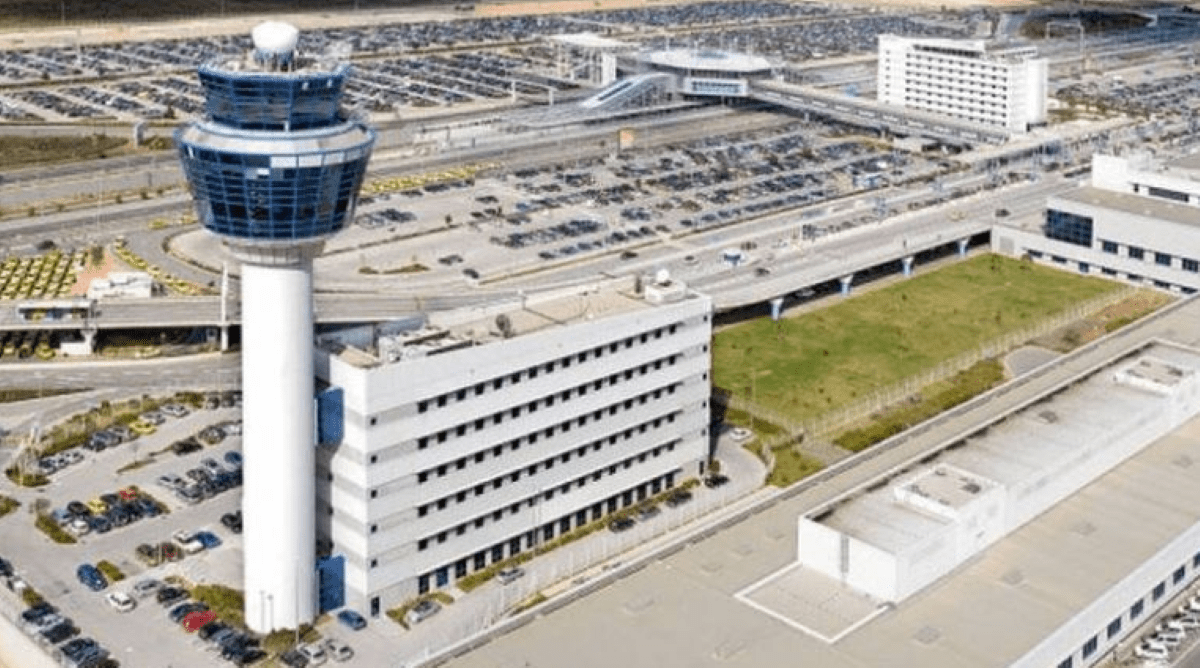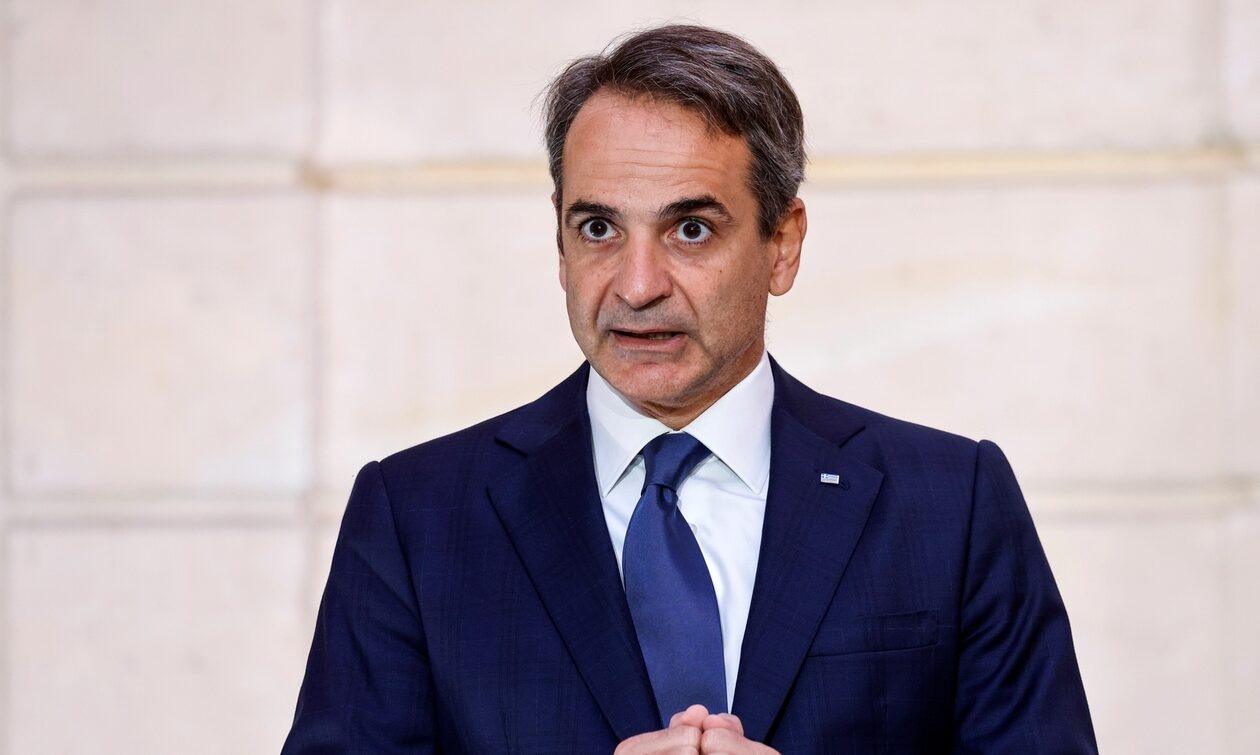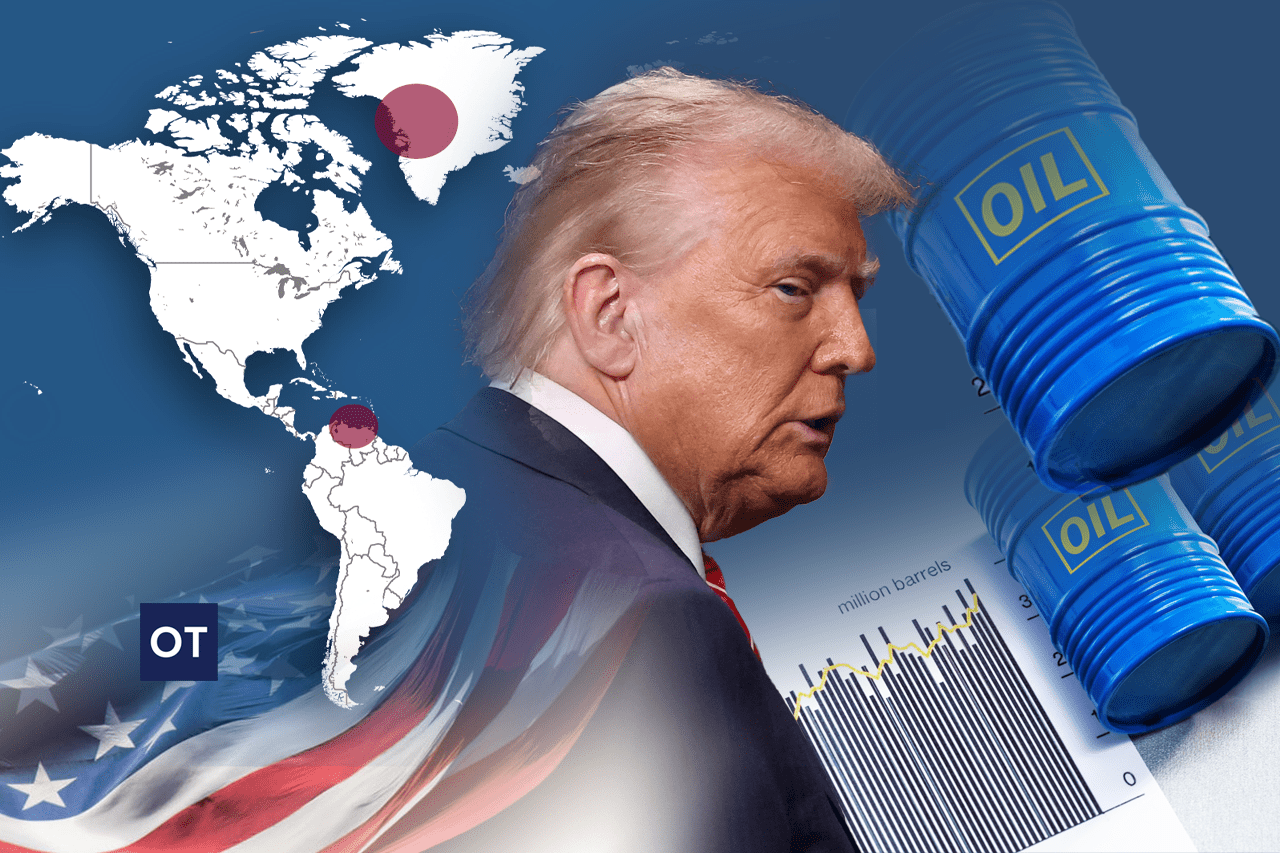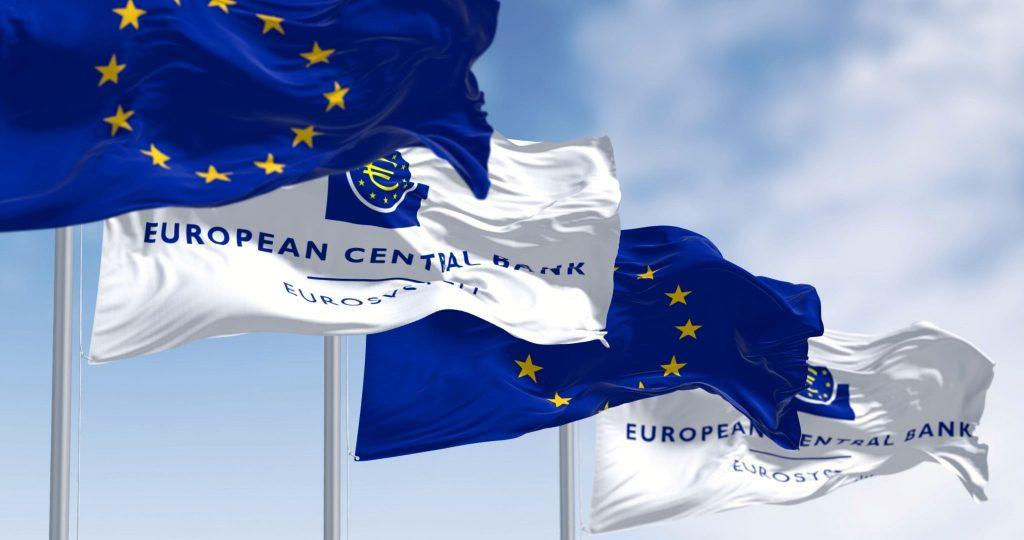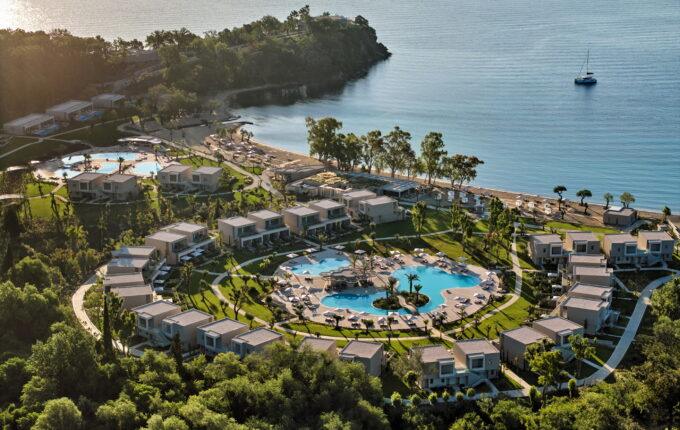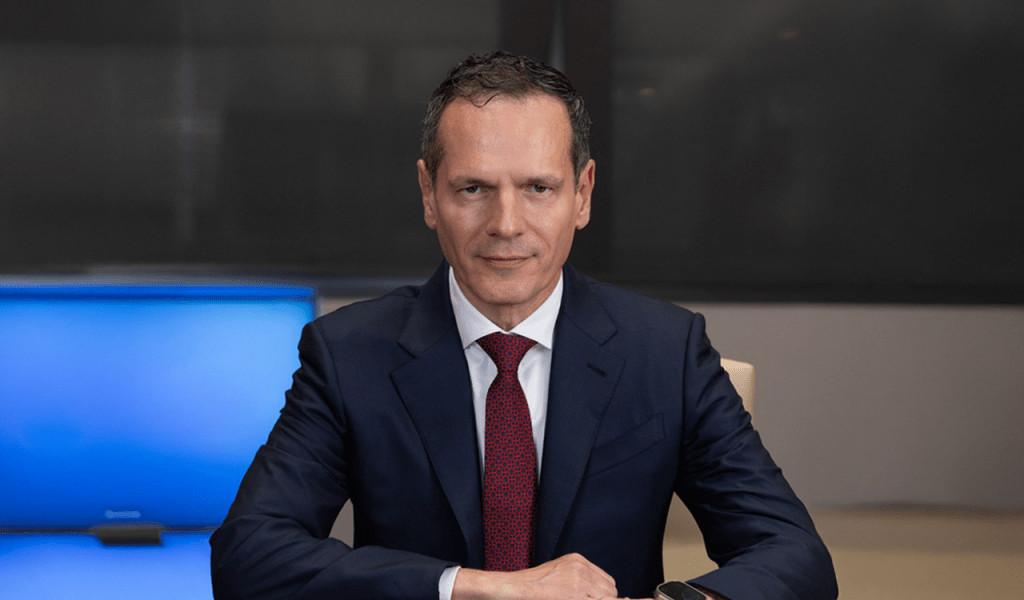When is the next volcanic eruption expected on the island of Santorini? An answer to the critical question that concerns scientists from all over the world is estimated to be provided by the large international oceanographic mission that ended a few days ago in the island’s active volcanic complex.
The research, which lasted two months, was carried out with the help of the impressive “Joides Resolution”, one of the largest oceanographic vessels in the world, which carries on board a special drilling rig mounted on a 62-meter high crane bridge and houses specialized laboratories for on-site analyses of the seabed.
At the same time, the scientific community is waiting for the recordings of the special instruments that were placed at the beginning of December, for the first time underwater, inside the Kolumbo volcano.
The “Joides Resolution” crew, consisting of 117 people from nine countries, started their journey in early December from Barcelona. It arrived at Heraklion, Crete on February 10, having executed six main subsea exploration wells and some secondary ones in the area between Amorgos and Christiana. During their duration, hundreds of meters of sediment core were extracted from the sea floor.
The largest research investment in Greece
It took ten years to approve the request to use the US-owned Joides Resolution, which costs almost $50,000 a day to operate and $500,000 in equipment. The expedition, which is the most important research investment in marine research in Greece to date, amounting to 25 million dollars, had as the main scientists the volcanologist Tim Druitt from the University of Clermont in France, who has also compiled the geological map of Santorini, and German Dr. Steffen Kuterlof, while a key role was played by Greek Dr. Paraskevi Nomikou, associate professor of the Department of Geology and Geoenvironment of Athens University. Their proposal, in which other researchers also participated, was judged by an international committee to be excellent and was chosen among a total of 11 scientific proposals for missions to other parts of the planet.
Three million years back in time
“Our goal was to look at the geological history of the area going back a long way: how many volcanic eruptions have occurred in Santorini – on the land and under the sea – in the last three million years. To study the geological history of volcanoes and through this to understand their periodicity, i.e. how often they erupt and what is the volume of these eruptions”, Dr. Paraskevi Nomikou explained to “NEA” newspaper. “We also wanted to better understand the tectonics of the area and understand how the intense seismic activity found there is linked to volcanism. We also tried to find out what the paleogeographical environment of the Central Aegean deep in the sea was like. Were there any cracks? Have there been landslides? Finally, material was collected to explore the microbial life in the deep substratum in the Santorini Caldera, in order to identify microorganisms that influence the formation of important geological structures.”
A whole “mobile university”
Although in such missions it takes months for the results to be announced, Dr. Paraskevi Nomikou points out that “we can say that we have achieved all our goals and that despite the difficulties we encountered, the investigations have yielded evidence. We are helped by the fact that a mobile university participated in the expedition: geologists, geophysicists, tectonics experts, paleontologists, sedimentologists, chemists, physicists, petrologists, magnetic field specialists, who carried out the first analyzses on site,” he adds. Among them were two other Greek scientists, Dr. Olga Koukousioura from the Department of Geology of the Aristotle University of Thessaloniki and the paleontologist, principal researcher in the Department of Environmental Microbiology of Hellenic Centre for Marine Research, Dr. Paraskevi Polymenakou.
The fear of eruption
Commenting on the recent “Guardian” publication – which was subsequently revised -, according to which the Kolumbo volcano, northeast of Santorini, is ready to erupt, Paraskevi Nomikou explains, denying the information, that there was a misunderstanding. “The publication was based on previous research of our own in which we studied the magma chambers under Kolumbo and which showed that the volcano is indeed active. It is active but shows no signs of any special activity. Kolumbo is, after all, under constant surveillance,” he clarifies. “At the beginning of December, with an international research team led by Athens University, we installed innovative marine technology machines in Kolumbo, creating for the first time in the Eastern Mediterranean a shallow underwater volcanic observatory in the crater of the volcano. So if we knew everything, we wouldn’t be doing research missions like this or the Joides Resolution mission that cost millions of dollars. Now, with these investigations, the geological history of Santorini is being rewritten…”.

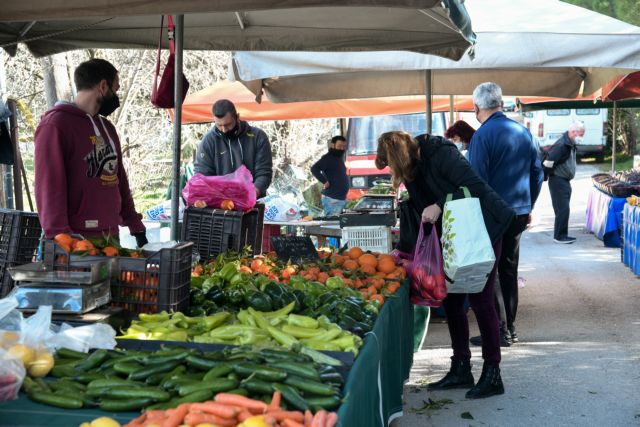









![Κρασί: Πώς αλλάζει η αγορά – Σε φάση μετάβασης έως το 2035 [γραφήματα]](https://www.ot.gr/wp-content/uploads/2025/10/ot_wines-1.jpg)

